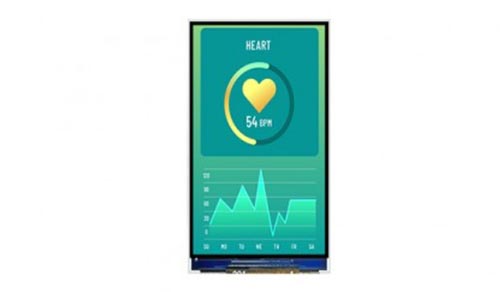What does TFT mean on a car?
Views: 579 Update date: Aug 14,2024
TFT stands for "Thin Film Transistor." It's a type of liquid crystal display (LCD) technology that utilizes a thin layer of transistors to control each pixel on the screen. These transistors act as switches, allowing for greater control over the brightness and color of each individual pixel, resulting in sharper images and improved contrast ratios compared to traditional LCD displays.
High Resolution and Clarity: TFT displays offer exceptional image quality, with vivid colors and sharp text, making it easier to read maps, navigate menus, and watch videos while on the move.
Enhanced Responsiveness: Thanks to the individual transistor control, TFT screens respond faster to touch inputs, enhancing the overall user experience.
Wide Viewing Angles: Unlike some older LCD technologies, TFT displays maintain excellent visibility from various angles, ensuring that both driver and passengers can clearly see the screen content.
Energy Efficiency: Although TFT displays require more power than some other display technologies, advancements in recent years have made them increasingly energy-efficient, minimizing their impact on a vehicle's battery life.
In conclusion, TFT on a car represents a significant leap forward in automotive display technology. Its high resolution, fast response time, and wide viewing angles make it an ideal choice for modern infotainment systems, offering drivers and passengers an unparalleled level of interactivity and visual enjoyment. As the industry continues to innovate, we can anticipate TFT displays becoming even more sophisticated and integral to the future of automotive design.
TFT in Automotive Applications
When it comes to cars, TFT displays have revolutionized the way we interact with our vehicles' infotainment systems. They're now commonly found in dashboards, center consoles, and even as heads-up displays (HUDs), offering drivers a more intuitive and visually appealing interface.Key Advantages of TFT Displays in Cars:
High Resolution and Clarity: TFT displays offer exceptional image quality, with vivid colors and sharp text, making it easier to read maps, navigate menus, and watch videos while on the move.
Enhanced Responsiveness: Thanks to the individual transistor control, TFT screens respond faster to touch inputs, enhancing the overall user experience.
Wide Viewing Angles: Unlike some older LCD technologies, TFT displays maintain excellent visibility from various angles, ensuring that both driver and passengers can clearly see the screen content.
Energy Efficiency: Although TFT displays require more power than some other display technologies, advancements in recent years have made them increasingly energy-efficient, minimizing their impact on a vehicle's battery life.
Customization and Integration: TFT displays often come with advanced software that allows for customization of display settings and seamless integration with other vehicle systems, such as navigation, audio, and climate control.
In conclusion, TFT on a car represents a significant leap forward in automotive display technology. Its high resolution, fast response time, and wide viewing angles make it an ideal choice for modern infotainment systems, offering drivers and passengers an unparalleled level of interactivity and visual enjoyment. As the industry continues to innovate, we can anticipate TFT displays becoming even more sophisticated and integral to the future of automotive design.




